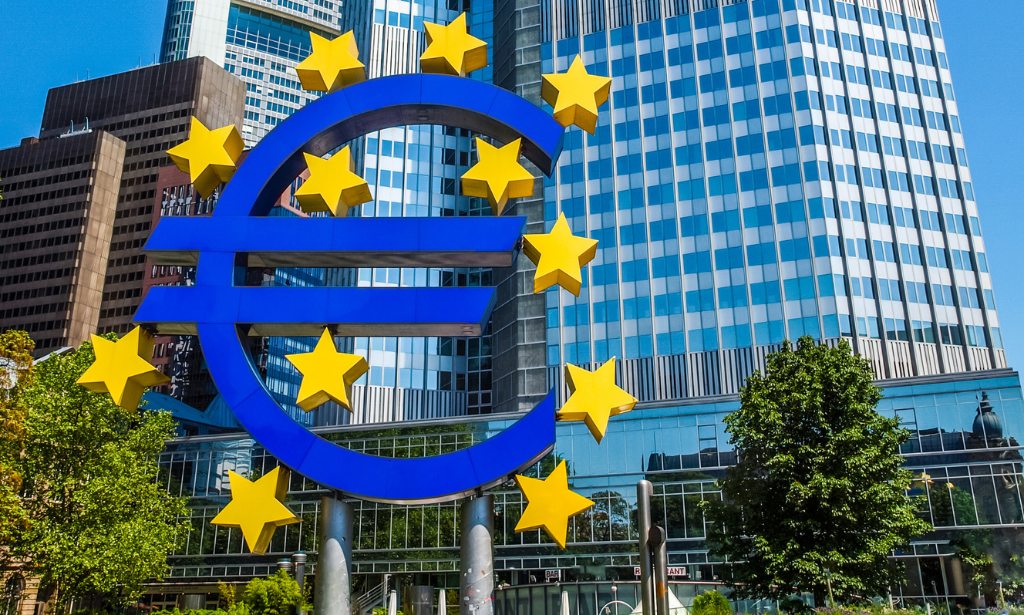The ECB has kept rates unchanged once again, maintaining the deposit rate at 4.00% in line with widespread consensus and our own pre-announcement call.
The focus of today’s meeting wasn’t on the decision for rates, but the ECB’s characterisation of the economic data since March and its guidance on the profile for easing moving forward. Here, policymakers made some notably dovish adjustments in the press statement, suggesting a June rate cut remains intact. Firstly, they noted the constructive disinflation progress since the turn of the year, stating that “most measures of underlying inflation are easing, wage growth is gradually moderating, and firms are absorbing part of the rise in labour costs in their profits.”
Moreover, the ECB noted that absent a major shock before its June meeting, where a fresh set of staff projections will be published, the confidence threshold will likely be met for rate cuts to take place.
This culminated in staff removing reference that rates will need to be “maintained for a sufficiently long duration”, instead characterising rates at these levels as “making a substantial contribution to the ongoing disinflation process.”
However, beyond the June meeting, neither the rate statement nor President Lagarde in the press conference gave much guidance. This isn’t necessarily a surprise as policymakers sought strategic ambiguity, but we do note that Lagarde didn’t seem deterred by the possibility of a delayed start date of Fed easing, while she also noted that a few members of the Governing Council had sufficient confidence to cut rates today. Reading between the lines, we think the ECB will begin a sequence of successive rate cuts from June onwards. After all, if some members already see economic conditions as weak enough to cut rates, the further disinflationary data required by other policymakers to ease policy should merely increase the doves’ preference to embark on a series of rate cuts. This has already been proposed by some amongst the Governing Council, such as Banque de France Governor Francois Villeroy de Galhau. However, in the absence of Lagarde not spelling this out, markets will likely await clearer guidance, either from the data or from intermeeting commentary, before pricing this path.
In terms of the euro, this should keep it trading around our one-month forecast of 1.07, before Q1’s wage data in May generates further divergence in the ECB and Fed rate paths to the detriment of the euro.
With President Lagarde not “pre-committing to a certain policy path” and US PPI data coming in a touch softer, EURUSD swap rates narrowed slightly. But, we suspect this will prove temporary as US data confirms the Fed’s cautious stance while eurozone indicators point towards more aggressive easing path as likely this year

Authors:
Simon Harvey, Head of FX Analysis
Nick Rees, FX Market Analyst
 Login
Login
